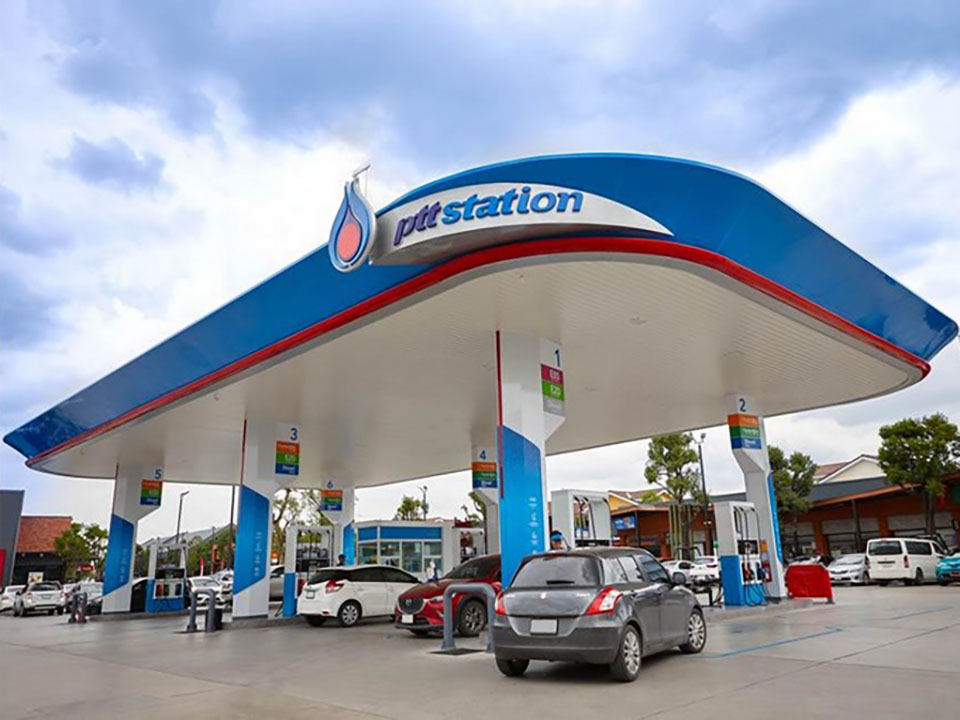
BANGKOK, Thailand – Thailand’s fuel consumption trends in 2024 reveal a dynamic energy landscape shaped by economic recovery, tourism growth, and shifting transportation preferences. While diesel, aviation fuel, and LPG consumption increased, gasoline, fuel oil, and NGV usage declined, reflecting broader changes in energy demand and vehicle adoption.
Diesel consumption rose by 2.2%, reaching 66.76 million liters per day, driven by government stimulus, tourism recovery, and expanding exports. The aviation fuel sector saw a significant 18.7% surge, averaging 16.02 million liters per day, as Thailand welcomed 35.5 million foreign visitors, marking a 26.27% increase from the previous year. LPG consumption grew by 3.7%, benefiting the household, industrial, and transportation sectors, while NGV usage fell by 16.5% due to a declining number of NGV vehicles and fueling stations.
Gasoline consumption dropped slightly by 0.05%, averaging 31.65 million liters per day, as electric vehicle (EV) adoption expanded and mass transit ridership increased by 11.03%. Fuel oil consumption also fell by 6.8%, signaling a shift away from industrial fuel use. Meanwhile, fuel imports decreased by 0.9%, with refined fuel imports down 25.7%, while crude oil imports edged up by 0.9%.
Thailand’s refined fuel exports averaged 186,035 barrels per day, increasing 1.5% year-on-year and generating 17.82 billion baht per month in revenue. Despite this, the biofuel sector faces excess production capacity, with biodiesel (B100) utilization rates declining from 53% in 2021 to 39% in 2024. Government policies aim to increase biodiesel blending ratios in diesel, though demand growth is projected at only 1.1% in 2025.
The report highlights Thailand’s evolving energy landscape, shaped by technological advancements, changing consumption patterns, and global energy market fluctuations. As EV adoption accelerates and transportation habits shift, the country continues to navigate its transition toward a more diversified energy future. (NNT)










